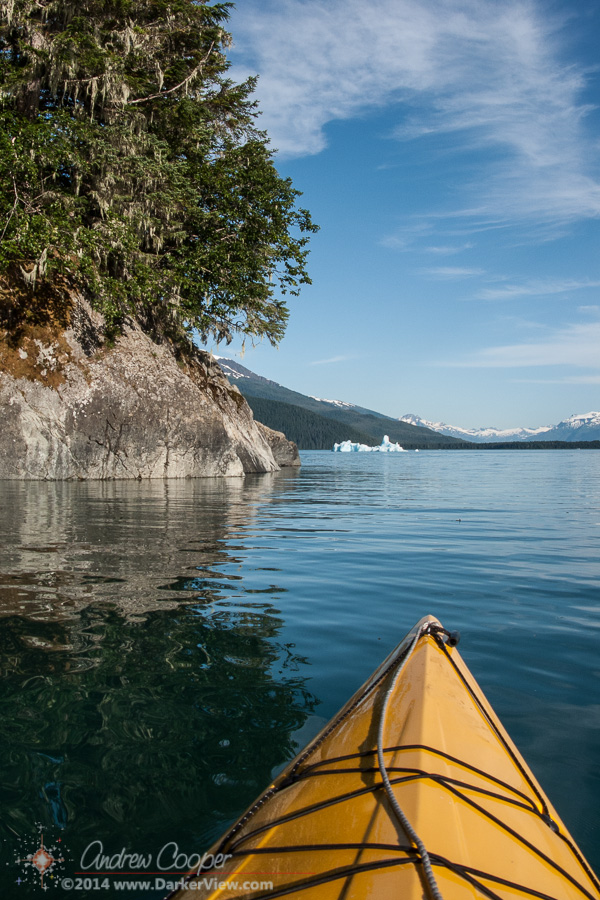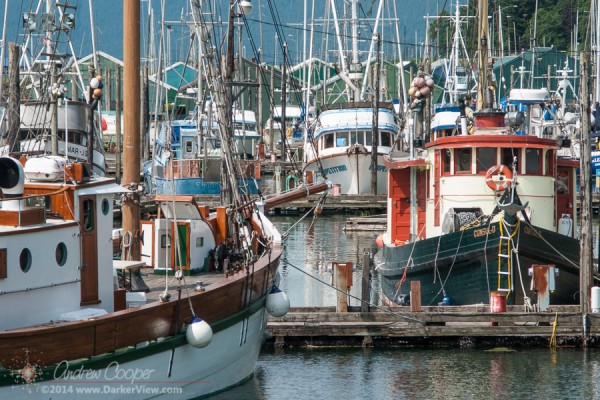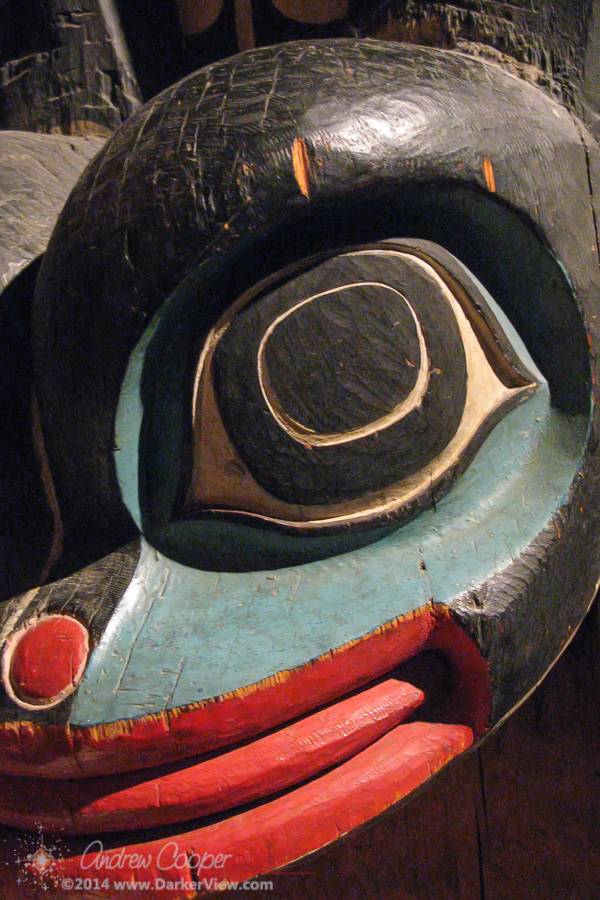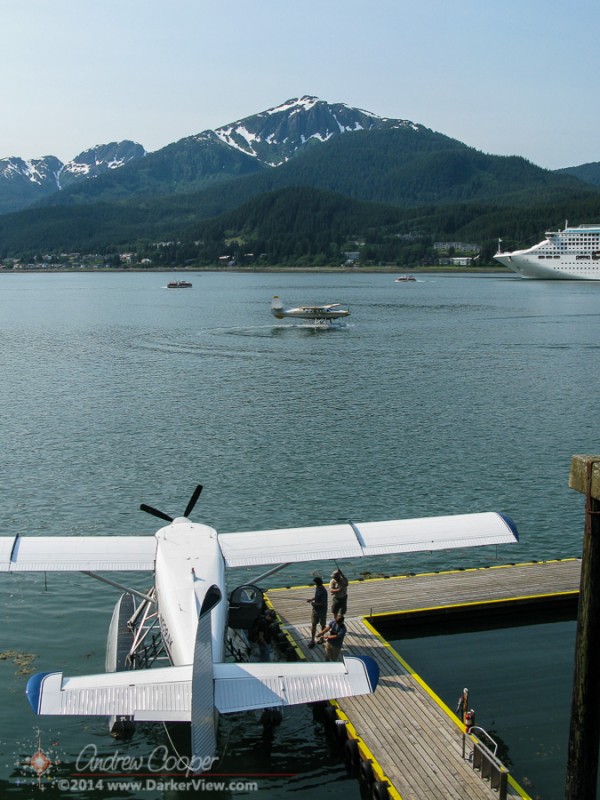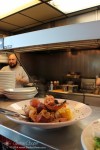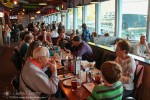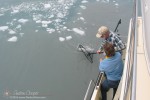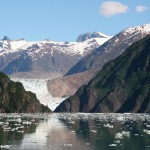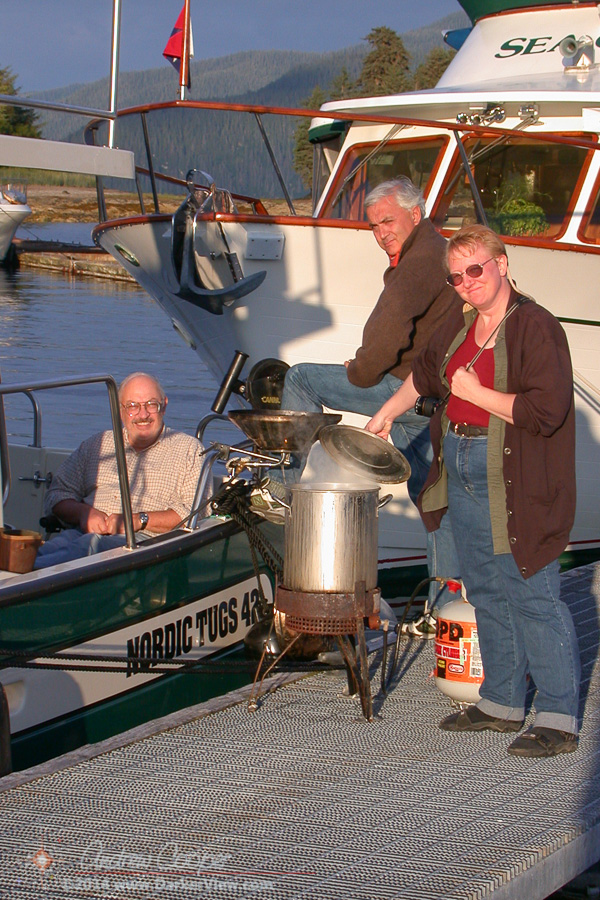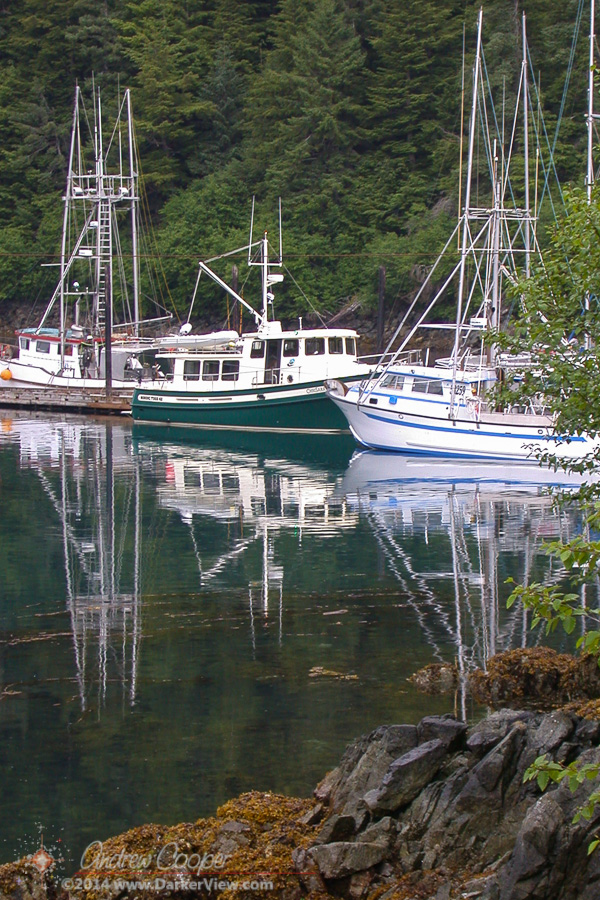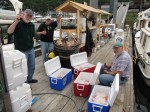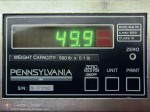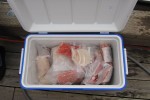Welcome
Blogroll
Legal Matters
All text, photographic and drawn material is the original work of the indicated authors, material is used by permission. Material is copyrighted by their respective authors, all rights reserved.
If you believe that any material here infringes, please contact the webmaster to address the issue.
Please keep comments respectful and avoid profanity or personal attacks. We reserve the right to delete any comments we feel are inappropriate.
Feel free to link to NordicQuest.com. We are selective in our outgoing links. Requests for commercial links or link exchanges are usually ignored.
Photo of the Week – Face
Posted in Photo of the Week
Tagged Alaska State Museum, carving, Juneau, Tlingit, totem
Leave a comment
The Hangar
As it is my father’s favorite place to eat in Juneau, I expect to be having dinner at The Hangar on the Wharf this evening. Our usual stop after a day of checking the boat and shopping for supplies. It is just a few hops down the waterfront from the harbor where the Nordic Quest is docked, a great place to grab a bite after a busy day.
The Hangar really is built in a hanger, a seaplane hanger that once serviced the aircraft of Alaska Coastal Airlines from the 1940’s on. Coastal Airways was purchased by Alaska Airlines in 1968. The planes of Wings of Alaska use the dock below the old hanger as the starting point for their ice field scenic flights. Today the building looks out on the busy harbor in front of downtown Juneau. While just down the waterfront the huge steel walls of the cruise ships block most of the view, here it is unobstructed.
A long area with windows onto the harbor greet you after entering. About half the space is a regular dining area, with the other half set up in a bar format. You can choose to dine on an outside deck overlooking the harbor in good weather. There is also a loft area with a couple of pool tables. The kitchen sits to one side of the dining area, you can wander over and see the dishes being prepared. This is where you second guess your order as you see what is sitting on the counter waiting to be served.
As one would expect, seafood dishes are the specialty of the house. There is a good selection of non-seafood as well if you prefer a prime rib, steak or a hamburger. This is not diet food, most dishes are large and rich as well as tasty. Expect it to be busy during the summer months, we ended up sitting in the bar area last time.
Dinner in Juneau is a chance to sit and relax a bit. We can plan any remaining details that must be accomplished before we break dock, or consider the weather and the first day or two of cruising. The details involved in getting the boat ready seem endless, but at this point most of the list has been completed. It is a chance to sit and converse about the voyage ahead, a glimpse forward to a week spent with family.
Loading Ice
As we depart the glacier face there is one more chore… A team is assembled on the back deck, the coolers mustered and the fish net brought down. We must load ice.
Along with the large, pretty bergs floating around the fjord, there are rafts of small chunks about. Much of this ice is just the right size to load into our coolers. Football to basketball sized chunks of ice are perfect. Don’t try to net anything larger, you will be unable to lift the net out of the water.The ice will last for weeks in the coolers, cooling freshly caught fish, drinks or veggies. I have on occasion dumped glacier ice in Juneau Harbor two weeks after picking it up. We have multiple coolers on board, usually secured on the upper deck out of the way. These will be filled with frozen fish for the flight home, but for now simply serve various utility tasks.
The best ice is found in the crystal clear pieces. From the lower levels of the glacier this ice was under enough pressure to squeeze all of the air bubbles out. This is old ice, possibly thousands of years old, at least centuries. It is as clear as fine crystal, crystal that can be eaten. This ice tastes clean and melts slowly, served under whiskey or soda. Pieces of this fine ice are carefully kept in a clean cooler for use through the remainder of the voyage.It is convenient if we visit a glacier at the beginning of the trip, supplying the boat with ice. We can make ice in the little galley ice maker, but this is nothing like the glacier ice, in quantity or quality. With Tracey Arm or Endicott Arm just south of Juneau, a visit can be planned early in the voyage. Glacier Bay can be scheduled in the first few days if headed east. Everyone wants to visit the glacier, this is just an added benefit.
A little glacial silt or salt water is not real problem, as they melt, the chunks of ice wash themselves clean. We are quickly left with pieces of clean ice. We fill the upper deck coolers, we fill the big fish box on the back deck, we take a few small chunks directly to the galley to be used for after glacier cocktails as we cruise out of the fjord.
Alaskan Salmon Salad Grilled Sandwiches
Some years ago my wife and I made a vacation trip to Maine with the purpose of sea kayaking and, without question, enjoying fresh Maine lobster. One of the specialties new to me were lobster rolls. We had them every day for lunch. I recently discovered a salmon salad recipe in The Oregonian that is similar to the classic recipes for lobster rolls but served on grilled sourdough bread. So I dug out one of last season’s frozen filets of king salmon and the result was absolutely sumptuous. They make a fabulous lunch, even gourmet, if I may say so, or a light dinner. They are perfect and very easy to prepare in your galley. Serve them with vegetable chips or a green salad for a meal your guests will remember for a long time and beg for the recipe.
Makes 4+ sandwiches.
3/4 – 1 pound of salmon filet
2 teaspoons of olive oil
1/2 cup finely chopped green onion
1/2 cup finely chopped celery
2 tablespoons of finely chopped fresh parsley
2 tablespoons lemon juice
1 tsp paprika (optional)
1 1/2 cups mayonnaise
¼ tsp freshly ground black pepper
Salt to taste
Sliced sourdough bread
Cook the salmon in a covered pan with the olive oil over medium heat for approximately 5 minutes per side, or until lightly flaky. Start with skin side down and turn once. When done,remove the skin and set aside. Mix the onion, celery, fresh parsley, lemon juice and other spices in a bowl. Crumble the salmon and use a fork to mix it into the dressing. Stir to coat the salmon well. Serve immediately on sourdough bread grilled in butter or refrigerate for later.
Getting the Fish Back Home
So you catch your limit, what do you do with all of that fish? With halibut priced at more than $20 a pound down south it is worth the effort to get the fish home. Besides, there is nothing like a grilled salmon dinner to remind you of fishing in Alaska many months later.
But how do you get it home?
When processing the fish on-board we fillet and vacuum pack the fish each day. Two small vacuum sealers are on-board. The bags for these little devices are not cheap, but they are very effective in preserving the quality of the fish. It is a well practiced assembly line… Fish processing on the back deck, fillets carefully trimmed and divided in the galley… A vacuum packing team running the sealers and labeling each package. Good fillets packaged separately, other packs of small pieces and tails that can be used for salmon tacos and other recipes that call for chunked fish.
The fish then goes right into one of the freezers on-board, loosely stacked to allow air circulation around each package and quick freezing. Over the next few days the freezing process is checked and packages rotated, once well frozen the freezer can be tightly packed to save space.
You can buy fish boxes at most sporting goods stores and large markets in Alaska, but for the same price you can do better… Our usual solution is to buy an inexpensive cooler. A basic 48-quart plastic cooler will run around $25 in the Juneau Fred Meyer or Costco. It can also be brought up in checked luggage filled with food and treats for the trip, as long as you consider the 50lb weight limit and $25 bag fee on Alaska Airlines. Purchased before the voyage it will be used to cool drinks or veggies as we travel. Perhaps it gets filled with glacier ice for drinks and cocktails. After the trip it can be used again, unlike a disposable fish box.At the end of the trip all of the coolers are laid out on the deck to receive the fish as we unpack the freezers. A share of fish is divided out to each party headed home. As salmon and halibut packets get sorted we try to give everyone an equal share. Preferences may result in trades, some folks prefer halibut over king salmon. We try to insure everyone gets a selection of tails and pieces bags as well as fine fillets. In all of our trips we have always filled the coolers. It may take a little more effort in fishing during the last day or two, but we have sent the coolers home full.
A 48 quart cooler will hold a bit over 40 pounds of frozen fish. As the weight limit is 50 pounds on Alaska Airlines, this works out pretty well. The fish must be well frozen to make the journey without thawing. Airline rules permit a limited amount of dry ice, but there are rules and you must declare and label the package. Even on a long run to Kona with hot summer airport ramps, I have generally only found some slight thawing in the corners of the cooler. Those bits of fish get used first.The cooler can be sealed with several wraps of duct tape around the body of the cooler. This creates a heavy strap that seems to survive airline luggage handlers. Look around you in line at the airport, this is the standard accepted method of closing a cooler for travel. Check for the “Keep Frozen” tags at the Alaska check-in counter and stick a couple on the cooler. Some Alaska airport facilities, including SeaTac, have freezer space if your bag misses a connection. No guarantee, but it might save your fish. I suggest reading the Alaska Airlines policy on perishables.
If staying in town for a night or two it is necessary to get the cooler into a freezer. Many of the hotels in the fishing ports have freezers. You will find them listed right next to the other amenities like swimming pools and free WiFi. As sports fishermen that make up the summer trade require freezer service as a basic feature in choosing a hotel, your question should be no surprise to the staff. Check the hotel website or call the desk to insure freezer space is available before booking. It may cost a few dollars per night for the service, pay it, the fish is worth far more. These commercial freezers will also help insure your fish is hard frozen before loading on the plane.Using these methods we have never lost our fish on the return flight. I suppose there is always a first time, a disaster will happen one day. So far, we have had good luck, even with the long flight from Juneau to Kona.

